On the mobile operating system market, there is a leading one in terms of the number of users Android and one that is catching up iOS. Against the background of the acute situation between Huawei and Google, I decided to remember how other systems appeared in history and why they did not become successful. Let's start with Ubuntu Touch.

The history of Ubuntu Touch begins with a Linux based Ubuntu distribution for computers and servers. It is a free and open source system developed by Canonical. The development is sponsored by the users themselves: after downloading the distribution kit, the company offers to support the project. Canonical also occasionally receives investments and makes additional money serving Ubuntu business customers.
Ubuntu for computers has been developed since 2004, so over time, its logical continuation was the port of the system to smartphones and tablets. Ubuntu Touch was announced in early January 2013, but in fact the history of mobile Ubuntu began a little earlier.
Ubuntu for Android
In February 2012 Canonical announced an unusual project – it combined desktop Ubuntu and Android in a smartphone. In normal mode, it worked like a smartphone on Android, but when connected to a monitor via the docking station, a full-fledged Ubuntu was launched. Samsung is now using a similar design for the Dex dock.
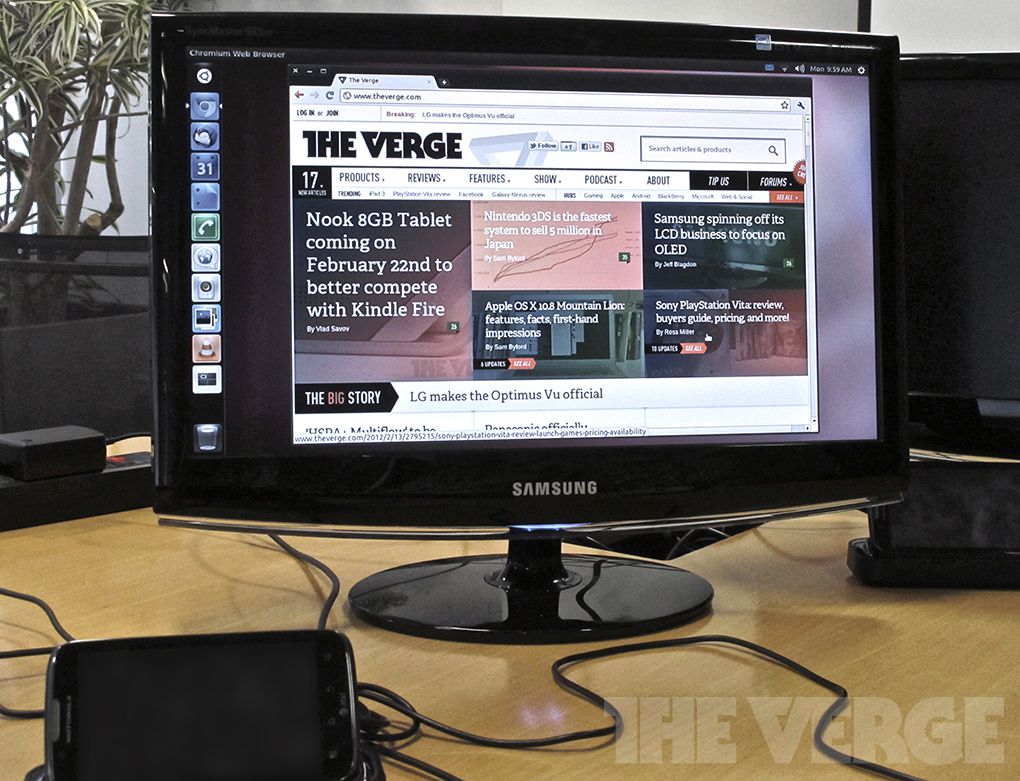
photo The Verge
The company saw the future in this – the smartphone was becoming a full-fledged computer and a universal device. In Ubuntu, it was possible to run not only regular programs, but also standard applications from a smartphone. And the process of switching from Android to Ubuntu should be seamless: you connect your smartphone to the monitor and continue working from the same place.
At that time, Ubuntu for Android was more of a concept than a complete solution. The company believed that the dual-core processors that had just appeared in smartphones would allow this idea to be realized. Canonical showed Ubuntu for Android working on a smartphone Motorola Atrix 2 and negotiated with other manufacturers, but in the future the project was gradually forgotten.
Ubuntu Touch Announcement
Canonical returned to talking about Ubuntu on smartphones on January 2, 2013, when it introduced a completely new operating system, Ubuntu Touch. A few days later, the system was shown to reporters at CES.
The Ubuntu mobile system looked interesting – it was a new look at working with the smartphone and tablet interface. On the main table there were not widgets and application icons, but a special ribbon with content that was adapted to the user.
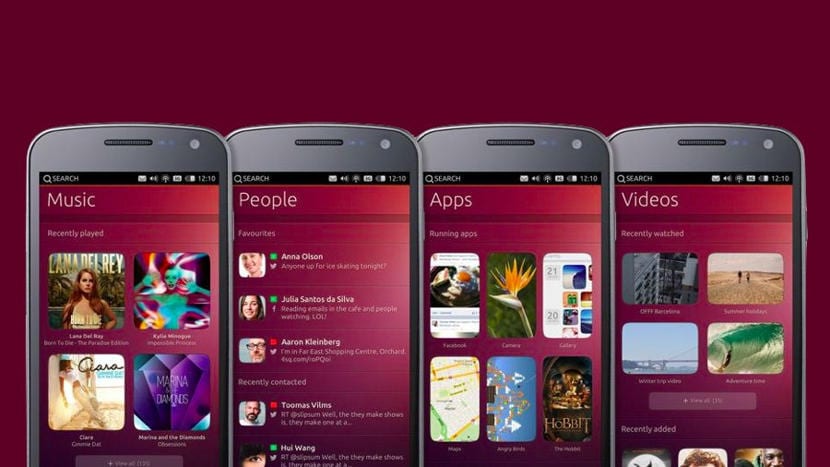
The main screens were based on tabs – these are kind of desktops in Android, only each area has its own theme. There is a separate area for music, contacts, apps, social networks, photos and whatever. The principle is that the user himself can customize the number of areas and their content for himself. For example, there was a tab with location-based recommendations: the smartphone suggested nearby places of interest, talked about sights, showed the weather and recommended cafes and restaurants. In addition, Canonical planned to release themed tabs with other companies – stores, mobile operators and other brands.
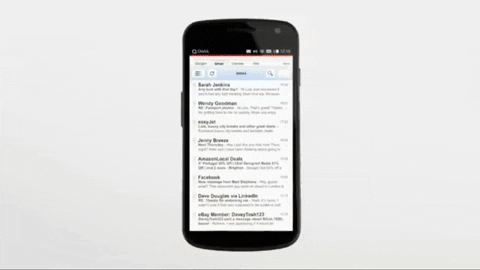
An interesting solution turned out to be the side menu on the right, with which you can quickly launch the application from the favorites list at any time. Also in the notification curtain there was more than one menu with quick settings, but several tabs at once – you could click on the desired icon in the curtain or make a swipe.
And Ubuntu Touch was all built on swipes and gestures, many of the 'chips' still look interesting.
Ubuntu Edge
It looks like Canonical took inspiration from early reviews of the mobile system and decided to go further and introduce its smartphone. So in July 2013, just six months after the announcement of Ubuntu Touch, the Ubuntu Edge project appeared on the Indiegogo site.
Ubuntu Edge looked like a dream phone – the screen is protected by sapphire glass, there is 4GB of RAM, stereo speakers, a cool camera and a silicon anode battery. At that time, none of the manufacturers could offer something like that, and Canonical also promised a price below the market – at first $ 775, and then the price was reduced to $ 695.
Canonical decided to launch a smartphone through crowdfunding – they planned to raise $ 32 million in just a month. It was a very ambitious plan. Even the sensational Pebble watches were able to collect only 20 million, but the production of a smartphone requires a completely different investment.
Ultimately, the Ubuntu Edge project failed. The company was able to raise just under $ 13 million, so the idea had to be abandoned. But this was expected – Canonical and the Ubuntu system are known only in narrow circles. In addition, all the promises about the ideal smartphone were only on paper, no one saw at least an engineering sample of Ubuntu Edge.
The story continues
Despite the failure of Ubuntu Edge, Canonical continued to develop the mobile system. The company released interim updates to Ubuntu Touch, but this was still not a final product. The developer version of the system could be installed on the Nexus 4 smartphone and the Nexus 7 and 10 tablets.
In October 2013, Canonical introduced a stable version of Ubuntu Touch 1.0, but only for the Nexus 4 smartphone. By this time, all the standard functions were fully operational in the system, but there was still no store with applications. And, for example, clients Facebook and Gmail for Ubuntu Touch opened the regular web version of the service.
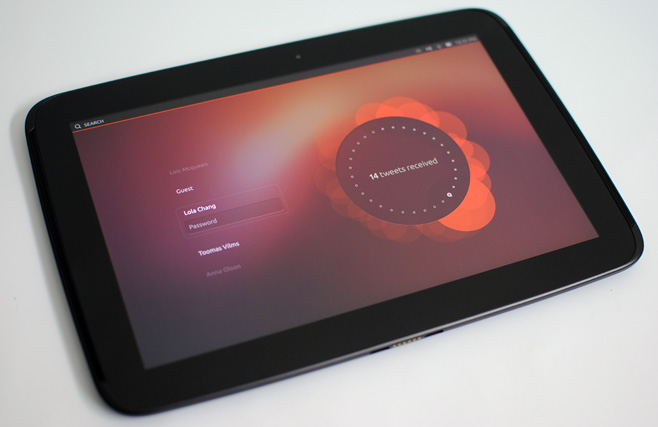
Nexus 10 with Ubuntu Touch / devices.ubuntu-touch.io
In parallel with this, the system was tested on 20 other devices – among them a tablet Motorola XOOM, Galaxy S3 and many others. At the same time, the company promised that in 2014 four smartphones with pre-installed Ubuntu Touch and one tablet will be released.
In February 2014, Canonical promised to release smartphones within a year in partnership with Meizu and Spanish BQ (not to be confused with Russian BQ Mobile). Around the same time, Canonical director Mark Shuttleworth said that smartphones on Ubuntu Touch would cost in the region of $ 200- $ 400, that is, after the failure with Ubuntu Edge, the company changed its mind about entering the flagship market.
Canonical did not fulfill its promises – in 2014 not a single smartphone with Ubuntu Touch pre-installed was officially released, not to mention the planned five devices.

BQ Aquaris E4.5
The first smartphone on Ubuntu Touch was announced in February 2015 – BQ Aquaris E4.5 priced at 169 euros. The smartphone itself is not very interesting, it is a typical budget smartphone of that time, it attracted attention due to the new system.
Reviews about Ubuntu Touch on a smartphone BQ are about the same – interesting and unusual, but the system needs some work. They praised the system's appearance, gesture handling and regular updates, but scolded for stability, bugs and lack of applications. And almost everyone noted that at that time it was difficult to use Ubuntu Phone as a full-fledged replacement for a smartphone on Android or iOS, but the system has great potential.

In May 2015, they officially announced Meizu MX4 with pre-installed Ubuntu Touch – this smartphone already looked more interesting. Big screen, good build, cool camera and better processor than a smartphone BQ. However, in fact, the difference in performance between smartphones Meizu and BQ on Ubuntu Touch was not noticeable, only some applications started faster. The rest of the experience with the system has not changed.
Two years after the announcement of Ubuntu Touch, the system remains the same. The developers fixed bugs, but did not add new features. At the same time, there were no attempts by large developers to enter the Ubuntu Store. At one time this was a problem for Windows Phone, which Google ignored and did not release clients of its services.
In addition, by 2015, Canonical had not realized its main idea – to turn a smartphone into a full-fledged computer. BQ Aquaris E4.5 and Meizu MX4 could not connect to monitor and run Ubuntu desktop. To be fair, no one has yet been able to make something like this massive. Computers still live separately from smartphones.
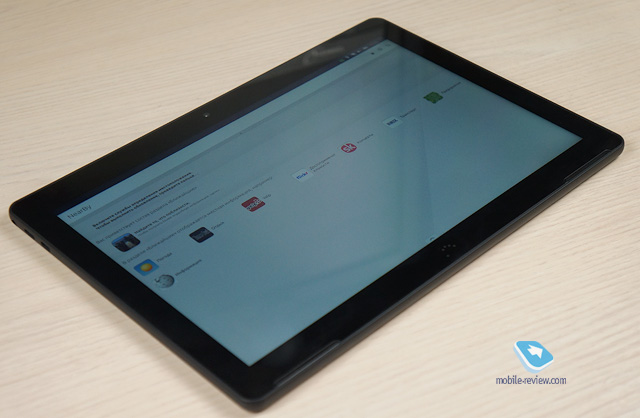
In February 2016, the first tablet appeared with pre-installed Ubuntu Touch – BQ Aquaris M10. It was already possible to connect a mouse, keyboard and monitor to it to run a full-fledged Ubuntu. At the same time, the BQ Aquaris M10 worked on a budget processor MediaTek with 2 GB of RAM, so it could not completely replace the computer due to performance. And besides, the list of supported applications was limited to those in the Ubuntu Store. But this is Linux, so in theory it was possible to install programs from repositories through the terminal, but desktop applications did not support the mobile version.
In tablet mode BQ Aquaris M10 ran on the same mobile Ubuntu Touch with all the features and disadvantages. But the tablet at least came close to the idea that Canonical was promoting initially – on a mobile device you can run (almost) full-fledged Ubuntu.
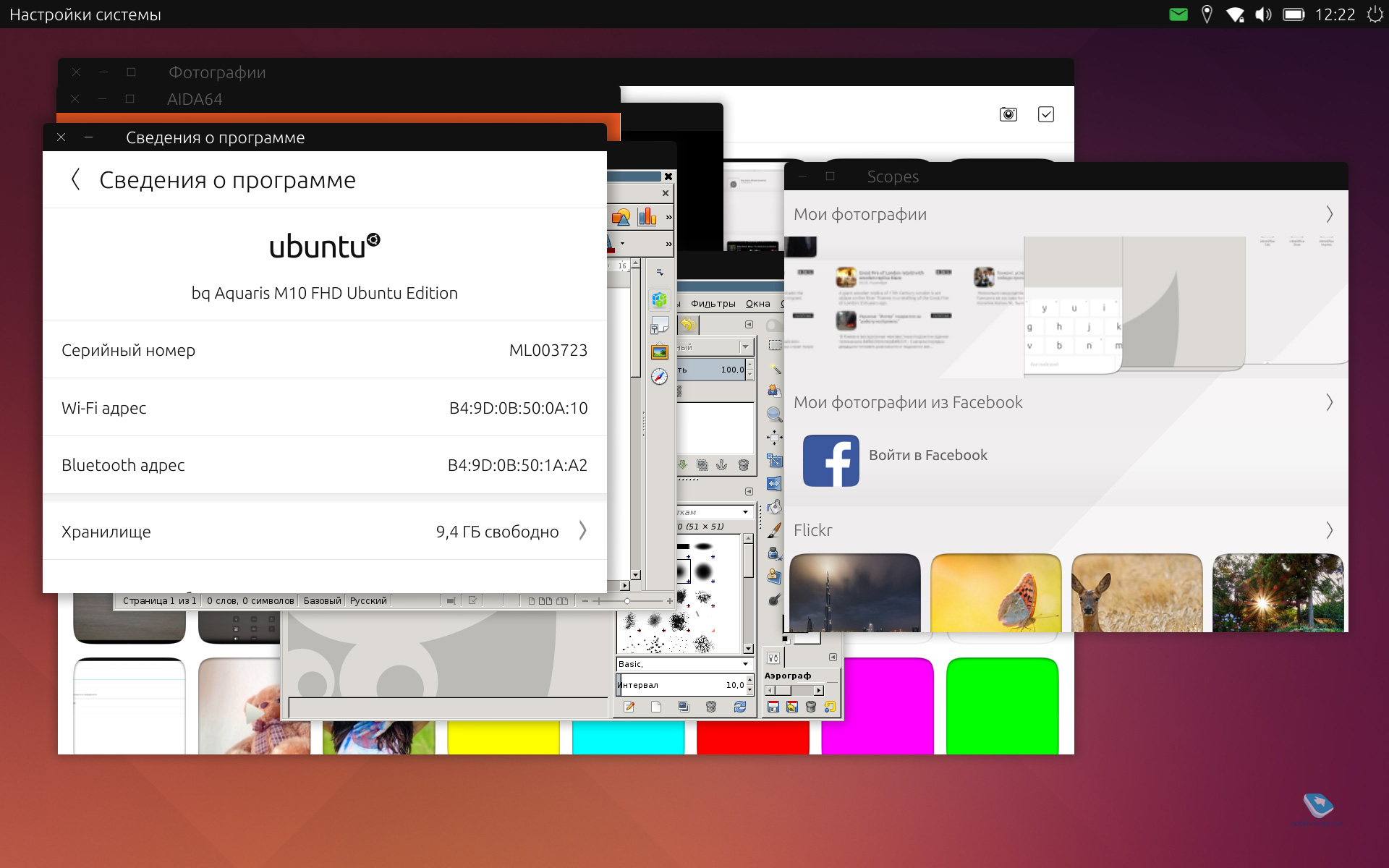
In the summer of 2016, an interesting update for Ubuntu Touch appeared – the system added support for desktop mode without a wired connection to the monitor via Miracast technology. But it only worked with the new smartphone Meizu Pro 5 and only with monitors and TVs that support Miracast.
But in the second half of 2016, Canonical's mobile system project began to fade. Updates were gradually released, but we did not see any more devices with Ubuntu Touch preinstalled – there were only five of them. And already in early April 2017, the director of Canonical announced the closure of the project.
This story could have ended, but there is one caveat. In fact, the development of Ubuntu Touch continues to this day, only it is not led by Canonical itself, but by a group of enthusiasts – a team called UBports. This is hardly a serious project, because the team is small, and the system only supports a few old smartphones and tablets, like the OnePlus One and Nexus 5.
While Ubuntu Touch updates from UBports come out regularly – the last one was posted on May 8th. Although now the system outwardly differs little from what was presented in 2012.
Conclusion
After a while, it's easy to understand that Canonical overestimated its capabilities – big plans faced harsh reality. From 2012 to 2017, the system remained practically unchanged, the project stood still. And in parallel with this, the company immediately swung to the release of a flagship smartphone, which was supposed to conquer the market. As a result, they were left with nothing – without a smartphone of dreams and a competitive mobile system.

